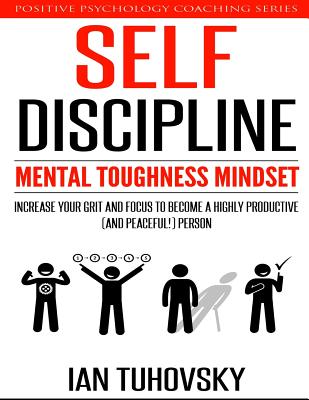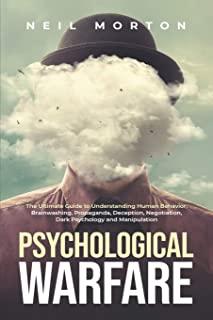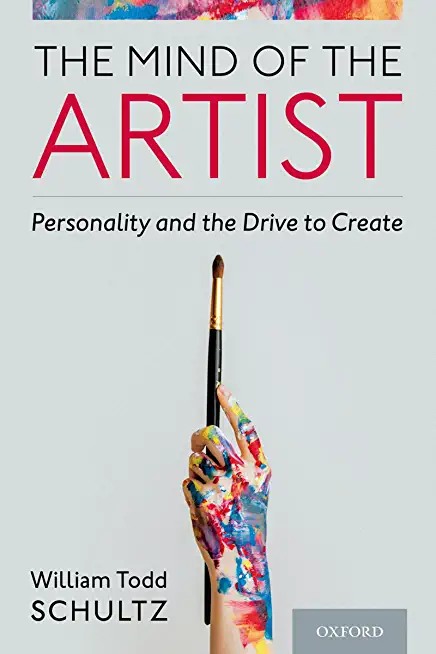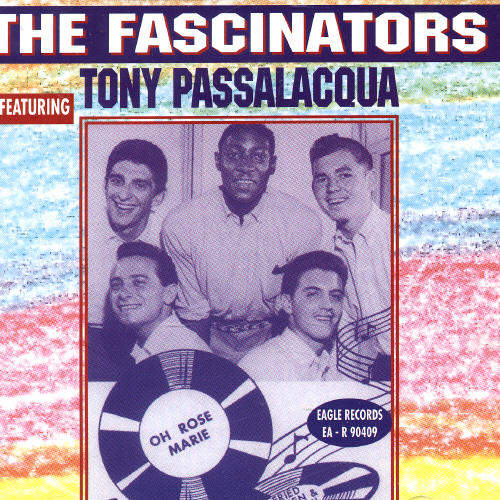
description
r, their relationship with one another, and how mental health providers can work with each of them to produce therapeutic change. Although very different emotions, shame and anger are highly related in therapy. Because shame and anger have both adaptive and maladaptive forms, intervention differs depending on what type of shame or anger is being experienced and in what sequence they occur. Therapists need to consider the type of shame or anger they are dealing with and how the two emotions interact before they can make process diagnoses of what is occurring at different moments in a session. This book emphasizes the benefits of accessing and experiencing shame and anger viscerally to promote emotion change in therapy. It teaches therapists how to help clients access their shame or anger in a safe therapeutic setting to make this emotion amenable to transformation, and create new narratives based on the transformed feelings.
member goods
No member items were found under this heading.
notems store
Return Policy
All sales are final
Shipping
No special shipping considerations available.
Shipping fees determined at checkout.







